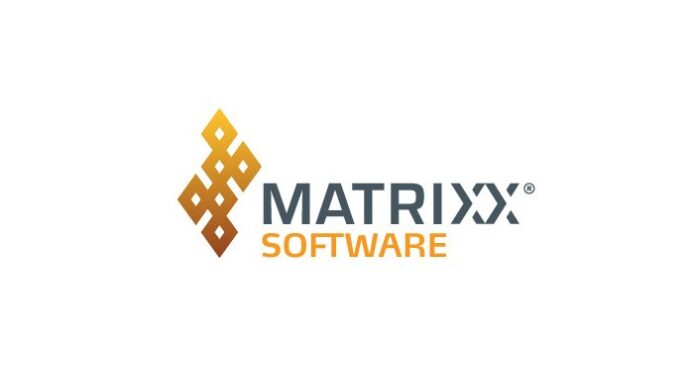Real-time mobile enterprise
Real-time enterprise mobility is on the rise. Increasingly, businesses are looking to mobilize their employees, offering the opportunity to work remotely while providing more flexibility than ever before. With new statistics forecasting the market to be worth $510.39 billion by 2022, servicing the enterprise is a lucrative opportunity for telecoms companies. Communications service providers, in particular, have a huge opportunity to service the growth in demand for enterprise mobility. However, they are currently failing, held back by legacy business support systems that aren’t giving enterprises the required management, control and adaptability over their mobile billing experience.
The real-time consumer
Data usage has exploded over the last few years, with the GSA expecting global LTE subscriptions to hit one billion by the end of 2015. As a result, CSPs are transitioning to digital service providers, injecting network capabilities to efficiently handle and monetize the influx of data usage on their networks. As part of this change, they have evolved the billing experience for consumers, enabling them to view accurate balances, buy services and upgrades, and manage their accounts in real-time. Despite enterprise accounts having higher average revenue per user than consumers (up to double in some countries), this billing experience is currently exclusive to the consumer market and has not yet been filtered into the enterprise.
Subsequently, enterprises have a critical lack of visibility of their mobile data service spend and usage. This can cause unexpected charges, generate unnecessary queries to account managers, create billing disputes, and ultimately lead to churn to another service provider. Every year, millions of dollars are written-off in goodwill attempts to prevent the churn of large, blue chip enterprises. CSPs frequently deal with disputes which often result in lost revenue, and ultimately are left with dissatisfied customers who have no real control over their mobile expenditure.
In an increasingly digital world, it is no longer acceptable for enterprise accounts to be served by back office, batch-oriented bean counting systems that are offline and out of sight – a process which has barely changed since it was first introduced 25 years ago. Batch billing and unexpected costs will lead to the churn of lucrative enterprise accounts, and are no longer acceptable when there is an advanced alternative. The enterprise billing experience is in serious need of a shakeup.
Enterprises present CSPs with complex demands, often negotiating bespoke contracts to fit their needs that consist of maximum resources or minimum commitments. Large businesses, for example, will share a pool of data and minutes across thousands of employees. Administrators need a real-time, accurate view of spending across different departments, individuals and users. This must also be supported by the ability to set spending limits and receive real-time notifications of usage, to ensure minimum commitments are met and resources are not wasted.
The organizational structure of businesses only adds to the complexity of enterprise billing, which can change and evolve rapidly. As users move or leave departments, or as whole new departments are created, the company’s mobile demands will shift.
Hierarchies with different levels of authority are also an important control mechanism for enterprise customers. There are three personas to any enterprise account structure: administrators, managers, and employees. These levels all have different privileges, levels of account access and notification requirements. The administrator for example, is responsible for purchasing additional services. They can also re-appropriate data to different individuals or departments from those of low usage to those which will use a lot of data, or have spent their allocation. Given this, it is vital for enterprises to have the freedom to manage complex organizational structures, quickly and easily. Unfortunately, this level of granularity is just not possible using conventional billing support systems.
In addition to this, the CFO of any business needs to accurately forecast budgets in order to maintain the successful running of business. The long delays between usage and receiving the bill have traditionally presented financial departments with a challenge. Especially when travelling abroad, employees can run up large, unexpected bills, which risk going unnoticed by managers until the invoice arrives (typically a month later).
CFOs therefore need real-time insight into their company’s overall usage, with the ability to re-appropriate data and minutes between departments and users to ensure mobile expenditure is always consistent. Usage alerts in real-time provide CFOs, administrators and department heads with an avenue for understanding where data allocations can be more effectively positioned, as well as make the case for purchasing more. This level of real-time interaction also means that new services and extra bundles can be added in an instant.
Mobilizing the real-time enterprise
It is time now for CSPs to deliver real-time billing interaction into the enterprise in order to service their complex demands. Real-time usage notifications and spend controls for individuals and groups can allow finance departments and business owners to prevent overruns and accurately forecast their monthly bill. Enterprises must be able to efficiently track and monitor usage, which can be enabled through an online dashboard that shows all account activity in a rich interactive display.
Back office, batch-oriented bean counting systems must now give way to transparent and customizable billing options. Enterprises are already benefiting from this level of interaction in other value and supply chains, so it won’t be long before they start demanding the same from their CSP. Failure to provide real-time visibility and control to their enterprise mobile offering will ultimately lead to the loss of a lucrative enterprise account to another service provider.

